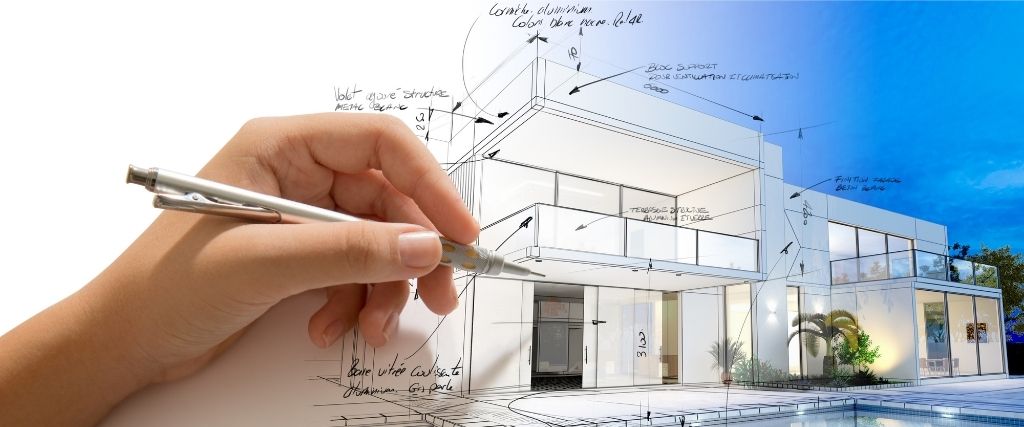 When it comes to homeownership or home renovation, there are terms that everyone should know and understand.
When it comes to homeownership or home renovation, there are terms that everyone should know and understand.
The most common term used by homeowners and buyers alike is mortgage. This is a lien or claim against the property given to the buyer by their lender. It helps to secure the money necessary to purchase the property. Banks use to term mortgage to describe the lien on a completed structure.
New construction, as in building a brand new structure on a piece of property already owned, starts with a construction loan. This money is given to the builder to complete the residence. Banks disperse the finances in increments. A representative from the bank inspects the property to ensure the project is completed on schedule. Typically, at the end of construction, the loan is then rolled into a mortgage.
Owners interested in a home remodel project should know about home equity. This is the value of the property minus any existing liens. For example, the borrower owns a property worth $250,000. The liens on the property total $175,000. That means the owner has $75,000 in home equity. That $75,000 could be used for home renovation projects such as a new bathroom or upgraded kitchen.
For new projects around the house, homeowners can set up a home equity line of credit instead of getting a home equity loan. A home equity line of credit is just as it sounds: a line of credit in which the property is collateral. However, unlike a loan, the money is only available for a specified period and can be withdrawn in increments, instead of all at once during this time.
Whether the loan is for a new property or home renovation, the borrower will probably have a team of people working to get them their money. This team includes a loan officer, who originates the mortgage; a processor, who handles all the paperwork associated with closing; and possibly a broker, who works to help the borrower find the right lender. In some cases, the same person will play multiple roles.
Closing costs are something every purchaser, and seller, must pay. These costs are the expenses incurred to complete the sale of the home. They are additional to the mortgage and must be paid in full at the time of closing. There are loans and lines of credit available that will have no closing costs for those remodeling their home.

